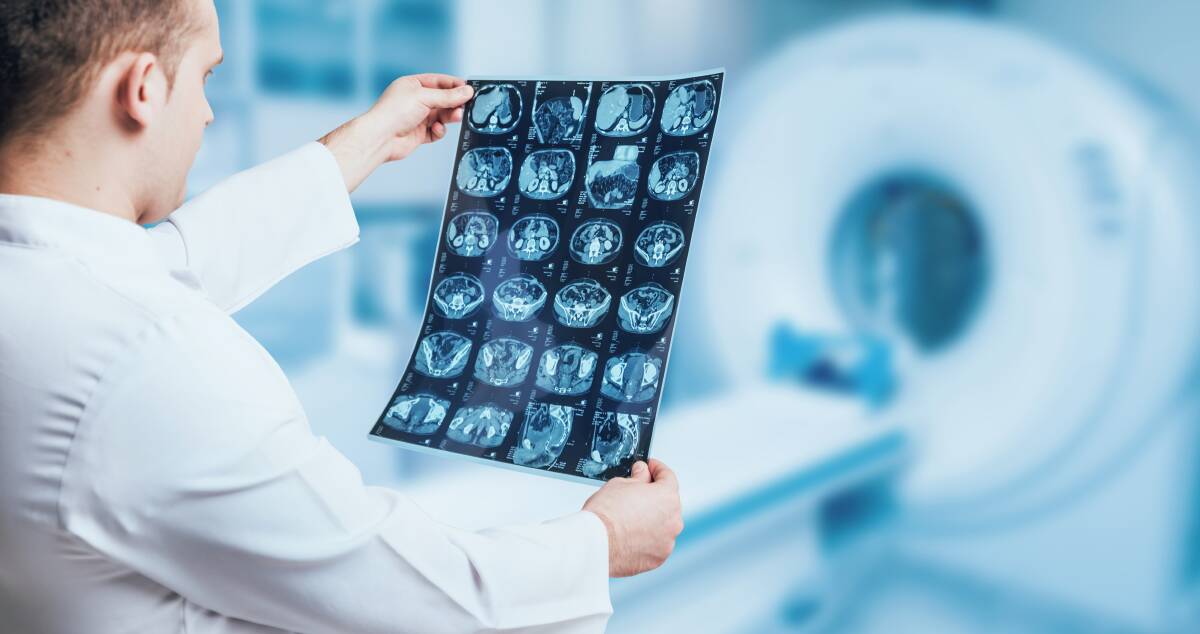What diseases are treated with Radiology?

This article is in partnership with Mermaid Beach Radiology.
Radiology is one of the most important and specialised branches of medicine. Radiologists use imaging technologies such as X-rays, computed tomography (CT scans), magnetic resonance imaging (MRI), and positron emission tomography (PET) to diagnose and treat diseases.
Radiology Clinic on the Gold Coast offers a wide range of radiological services that can help you get the answers you need about your health.
Alzheimer's disease and dementia
Alzheimer's disease is a form of dementia that affects the brain. It is a progressive disease, which means it gets worse over time. Early symptoms of Alzheimer's disease include memory problems and difficulty with thinking and reasoning. As the disease progresses, people with Alzheimer's may have problems with walking, swallowing, and speaking.
There is no one test that can diagnose Alzheimer's disease. Radiology plays an important role in the diagnosis of Alzheimer's disease. A brain scan can help to rule out other causes of dementia, such as a stroke. Brain scans can also show changes in the brain that are characteristic of Alzheimer's disease.
Anemia
There are many different types of anemia, but one of the most common is iron-deficiency anemia. Radiology can be used to treat this type of anemia by delivering radiation therapy directly to the bone marrow. This therapy helps improve the production of red blood cells, which can help improve overall energy levels and reduce symptoms like fatigue and shortness of breath.
Appendicitis
Radiology is one of the most commonly used diagnostic tools in the treatment of appendicitis. Radiology can help to diagnose appendicitis through the use of X-rays, CT scans, and ultrasound scans. If a patient is suspected of having appendicitis, a radiologist will often order one or more of these scans in order to confirm the diagnosis.
Radiology is also used in the treatment of appendicitis by helping to guide surgeons to the correct location of the appendix during surgery.
Arthritis and osteoporosis
Radiology is often used to help diagnose and treat arthritis, as it can help to identify the extent of damage to the joint. Osteoporosis is a condition that causes bones to become weak and brittle. Radiology can be used to help diagnose osteoporosis, as it can help to identify the areas of the bone that are most affected.
Radiology can also be used to help monitor the progression of osteoporosis and to assess the effectiveness of treatments. Radiology is a valuable tool in the treatment of both arthritis and osteoporosis.
Blood clots and peripheral artery disease (PAD)
Blood clots can form in any part of the body, but they are most dangerous when they occur in the veins of the legs. Radiology can be used to diagnose and treat blood clots, as well as to prevent them from occurring in the first place.
Peripheral artery disease (PAD) is a condition that occurs when the arteries that supply blood to the legs and feet become narrowed or blocked. This can cause pain and cramping in the legs and feet, as well as ulcers and gangrene. Radiology can be used to diagnose and treat PAD, as well as to prevent it from occurring in the first place.
Brain tumors
Brain tumors can be benign or malignant. Radiology is used to diagnose and treat brain tumors. Radiology techniques used include X-rays, CT scans, and MRI scans.
Radiology is also used to plan surgery for brain tumors. Radiotherapy is used to treat brain tumors. Radiotherapy uses high-energy X-rays to kill cancer cells. Radiology is a vital part of the treatment of brain tumors.
Many types of cancers.
Radiology is an important diagnostic tool for cancer. Radiologists use a variety of imaging techniques to detect, diagnose and stage cancer. Imaging tests used in the evaluation of cancer include x-rays, CT scans, MRI scans, ultrasound, and PET scans. Radiology can also be used to guide treatment.
For example, radiation therapy can be used to kill cancer cells and shrink tumors. Radiologists also use image-guided biopsy procedures to obtain tissue samples from suspicious areas. These tissue samples are then examined under a microscope to look for cancer cells.
Pneumonia and chronic obstructive pulmonary disease (COPD)
Radiology is used to diagnose and treat a wide variety of diseases, including pneumonia and chronic obstructive pulmonary disease (COPD).
Radiology techniques such as X-rays, CT scans, and MRIs can help doctors to see inside the body and detect abnormalities. This information can then be used to determine the best course of treatment.
Summary
Radiology is a medical specialty that uses imaging technology to diagnose and treat diseases. Radiologists use X-rays, MRI scans, and other imaging technologies to diagnose conditions such as cancer, heart disease, and injuries. Radiology is also used to treat conditions such as tumors and cysts.
The Radiology Clinic on the Gold Coast is a leading provider of radiology services. We offer a wide range of diagnostic and treatment options for our patients. Our experienced team of radiologists and technicians is dedicated to providing the highest quality care possible.


